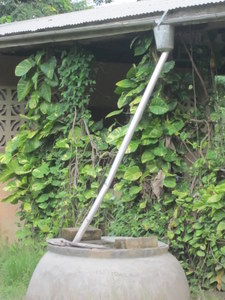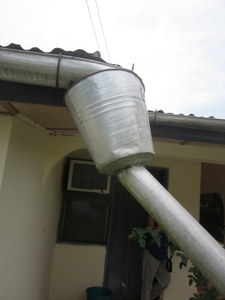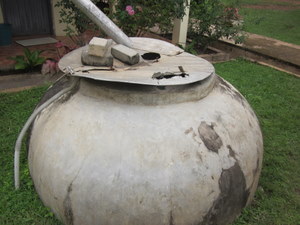No edit summary |
No edit summary |
||
| Line 2: | Line 2: | ||
These systems shown here are pretty standard and are similar to the other systems I saw around. One is from a small hostel and the other from a women's pottery coop and studio. They all consist of a gutter/tubing that funnels the water into a holding tank. | These systems shown here are pretty standard and are similar to the other systems I saw around. One is from a small hostel and the other from a women's pottery coop and studio. They all consist of a gutter/tubing that funnels the water into a holding tank. | ||
[[Image:Ghrn11.JPG]] | |||
[[Image:Ghrn5.JPG]] | |||
[[Image:Ghrn4.JPG]] | |||
<gallery> | <gallery> | ||
Image:Ghrn10.JPG | Image:Ghrn10.JPG | ||
Image:Ghrn1.JPG | Image:Ghrn1.JPG | ||
Image:Ghrn3.JPG | Image:Ghrn3.JPG | ||
Image:Ghrn6.JPG | Image:Ghrn6.JPG | ||
Image:Ghrn2.JPG | Image:Ghrn2.JPG | ||
Image:Ghrn7.JPG | Image:Ghrn7.JPG | ||
Image:Ghrn9.JPG | Image:Ghrn9.JPG | ||
Image:Ghrn8.JPG | Image:Ghrn8.JPG | ||
</gallery> | </gallery> | ||
Revision as of 00:29, 1 December 2011
Traveling throughout Ghana, in several regions I noticed rainwater catchment systems set up, as a common way for a household, hotel or other structure to receive and have water.
These systems shown here are pretty standard and are similar to the other systems I saw around. One is from a small hostel and the other from a women's pottery coop and studio. They all consist of a gutter/tubing that funnels the water into a holding tank.










